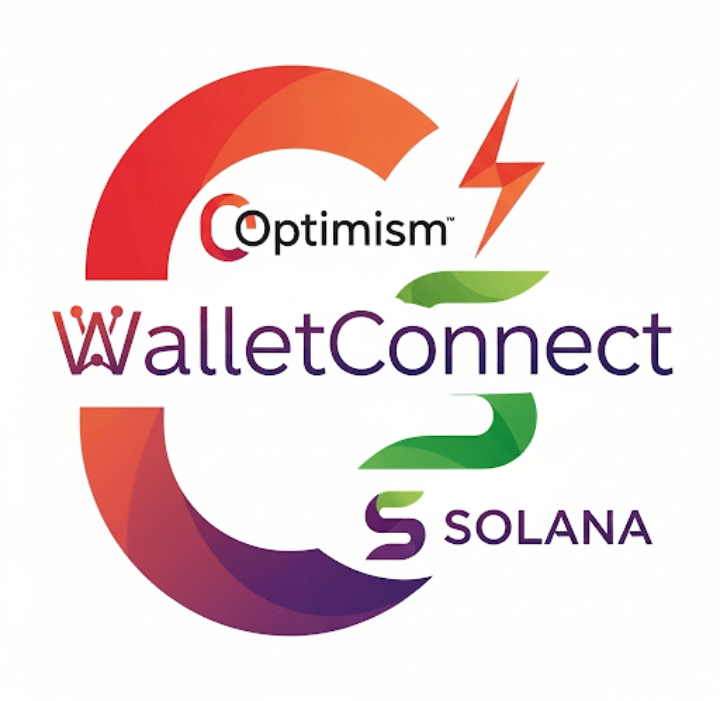Many perceive WalletConnect as a mere tool for connecting their crypto wallet to decentralized applications (dApps) by scanning a QR code. This feature, while key, is just the tip of the iceberg. In reality, WalletConnect has long transformed into a critically important protocol that lays the foundation for the future of Web3. Its ambitions go far beyond being just a 'scanning tool,' turning it into a universal layer of interaction and communication.
Evolution from protocol to ecosystem 🔄
Initially, WalletConnect was developed to solve a fundamental problem: how to securely connect a mobile wallet to a web application without the need to export private keys. This was a revolutionary solution that made interaction with dApps much simpler and safer. Instead of copying and pasting addresses or private keys, users could simply scan a code.
However, over time, the protocol began to expand. Developers started using it for more complex tasks than just signing transactions. WalletConnect V2.0, for example, introduced capabilities for:
Multi-chain support: the ability to connect to multiple blockchains simultaneously (for example, Ethereum and Polygon).
Persistent sessions: a connection that does not break after closing the dApp, providing a smoother user experience.
Advanced messaging: not only signing transactions but also exchanging arbitrary messages between the wallet and dApp.
These updates have transformed WalletConnect from a one-time tool into a universal communication protocol. It has become a kind of 'network layer' for wallets and applications.
WalletConnect as a 'universal entry layer' 🔑
In the future, WalletConnect has the potential to become a single entry point into Web3. Instead of each dApp developing its own connection method, WalletConnect could become an accepted standard. This would simplify the experience for end users and lower the barriers to entry into the ecosystem of decentralized applications.
Imagine a world where your wallet is your 'digital identity,' and WalletConnect is the protocol that allows you to securely use this identity across any Web3 service, whether it's an NFT marketplace, a DeFi protocol, or a decentralized social network. This eliminates the need to enter logins and passwords, replacing them with cryptographic authentication.
Protocol as a 'message distribution layer' 📬
Moreover, WalletConnect is expanding into decentralized messaging. This means that the protocol could become the foundation for communication between users, services, and blockchains. This could be:
Push notifications: your wallet can receive notifications from dApps (for example, 'your transaction has been confirmed').
Social features: the ability to send messages directly from one wallet to another.
Interaction between protocols: smart contracts can send notifications through WalletConnect, enabling the creation of more interactive applications.
This functionality transforms WalletConnect into an essential part of the Web3 infrastructure, enabling the creation of reliable and efficient communication bridges.
Conclusion: WalletConnect as the foundation of the future Web3 🚀
WalletConnect is more than just a connection tool. It is a critical protocol that lays the groundwork for seamless, secure, and universal interactions in Web3. Its evolution from a simple connector to a universal entry and message distribution layer makes it one of the most important standards in the field. As the Web3 ecosystem continues to grow, WalletConnect is likely to play an increasingly important role in shaping its future.
Do you agree that WalletConnect is not just a 'scanner,' but a true foundation of Web3 communications?
